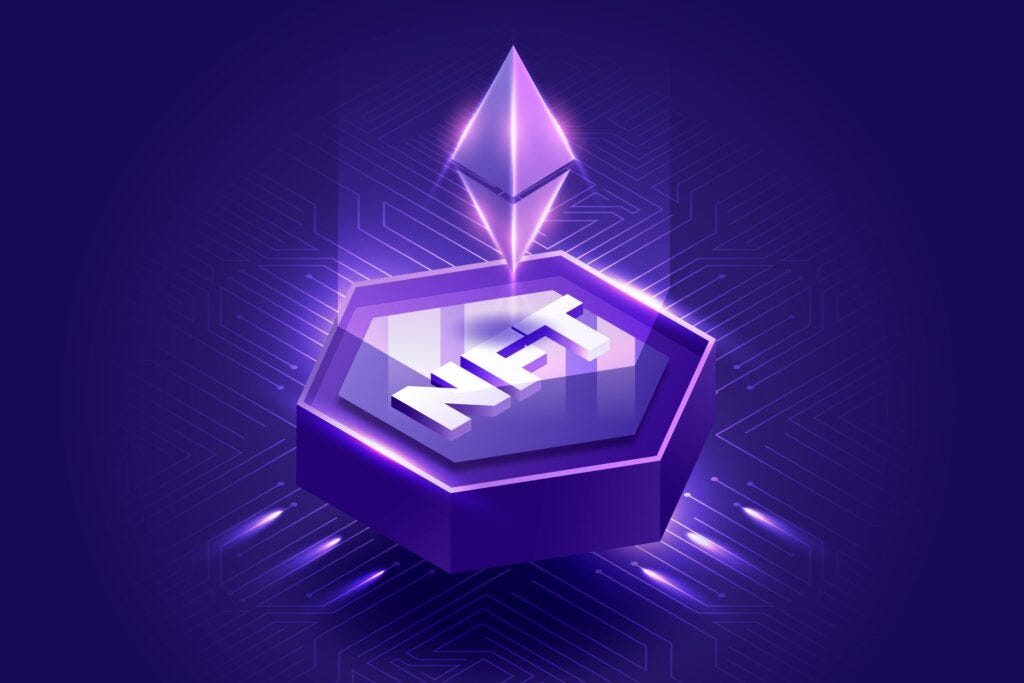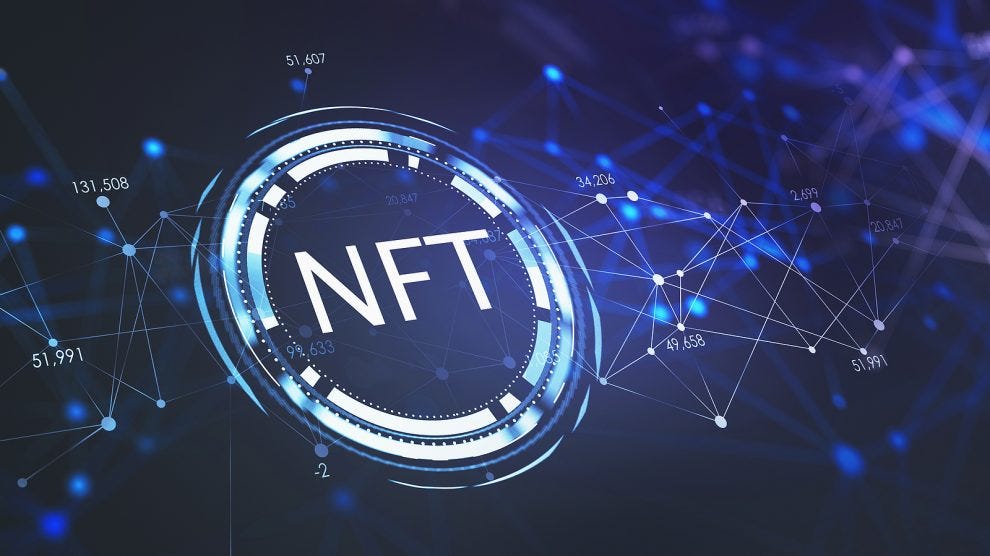How lucrative is the future of NFT?

NFT enthusiasts have moved Billions of dollars in NFT arts and multimedia since the idea came to life as a valuable item. Mainstream and local artists have since made life-changing wealth from selling otherworldly arts and rare pictures. (successful) NFT traders have turned their fortunes around by flipping NFTs on NFT marketplaces. The widespread rumors of staged trades and artificially bloated NFT might not be a fact, but the mind-blowing NFT value figures could easily trigger rumors like these. Bored Apes are arguably the most popular NFTs and have seen incredible growth; in popularity and value, but many other similar projects have seen wild growth as well.
I’d assume every NFT trade and positive statistics to be 100% real, even if they are not; the concept has been undoubtedly yielding for anyone who dived in successfully. Do share your NFT story with us anyways! That being said, the scope of NFTs has been grossly limited to art trades and multi-media vending. Denis Rodman’s NFT collection has moved over 590 Ethereum at the time of this writing. The popular ‘tough’ guy made it clear that he simply “want to make money” from his NFT drop. Not sure about his current financial condition, I only hope 500Eth is enough money. He probably made more from throwing balls for a few hours.
Expensive arts have a rich history, you might have seen movies about them. Dwayne Johnson and Ryan Reynolds did a good one too. In contrast to NFT, these are (very) special Arts and usually ‘one of ones’. Well, when you simply have to move some nerdy virtual coins, you are bound to be a bit extravagant. The NFT buzz has tuned down a bit, but this can be blamed on the crashing cryptocurrency market. A return might be possible when the market returns, or even before then. Regardless, most NFTs have seen their peak and will always be a shadow of their best, but NFTs will continue to be a prized asset for quite longer.
The future of NFT is however not geared towards a continuation of the photo-vending use case. While artists will still be able to drop their arts on marketplaces for collectors, this practice will begin to fade when NFT arts fail to meet up with the utility demands.
Arts and multimedia trading is the current buzz, but the utility of NFT as technology lies elsewhere. Cryptocurrency projects are already exploring ways of introducing NFTs as a competent way of assigning viewership tickets to sports fans. A welcome development and NFTs will do just well in this aspect. NFT sports tickets are easily verifiable and immutable. Just like NFT vouchers, these tickets can be easily redeemed and reused. Cinemas can also adopt this exact technique to issue movie tickets to their customers. NFT attributes can be used to encode the provisions of these tickets.

NFTs could replace the traditional algorithm of assigning ownership rights to vouchers. Spending NFT vouchers is as easy as redeeming an NFT for a prize. This also saves the institution from producing new vouchers regularly as NFT vouchers can be re-used over and over again…as much as possible.
Novel Cryptocurrency ideas have a record of fading into obscurity after a period of hypes and panic buys. A rather general phenomenon. NFT arts could follow a similar route while real utility NFTs take place in mainstream sectors. Would be a win for the technology itself. In contrast, these will struggle to command the financial sways NFT arts have easily pull-off for the past year. NFT minting platforms and marketplaces could still retain their function though not for billion-dollar daily transaction volumes.
Not to worry anyways; the most used words here are ‘might’ and ‘could’. These new use cases are still a couple of years away from relevance. Even if they come earlier, you’ll still be able to flip your ‘rare’ arts as long as collectors are willing to throw some heavy bucks on your collection. This is, however, for new NFT projects or older ones that stood the test of time. There won’t be many of the latter…of course.
Leave a Reply